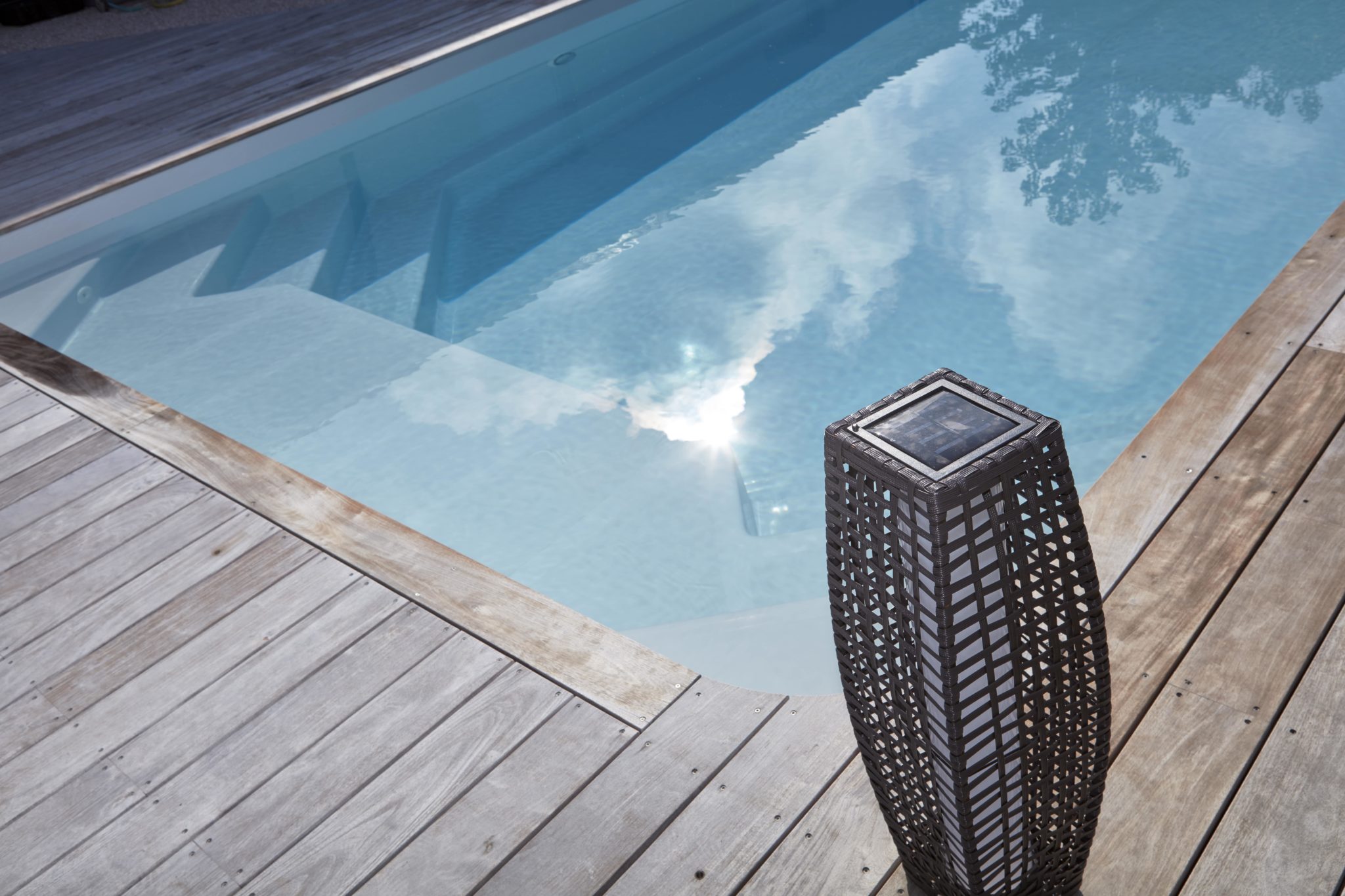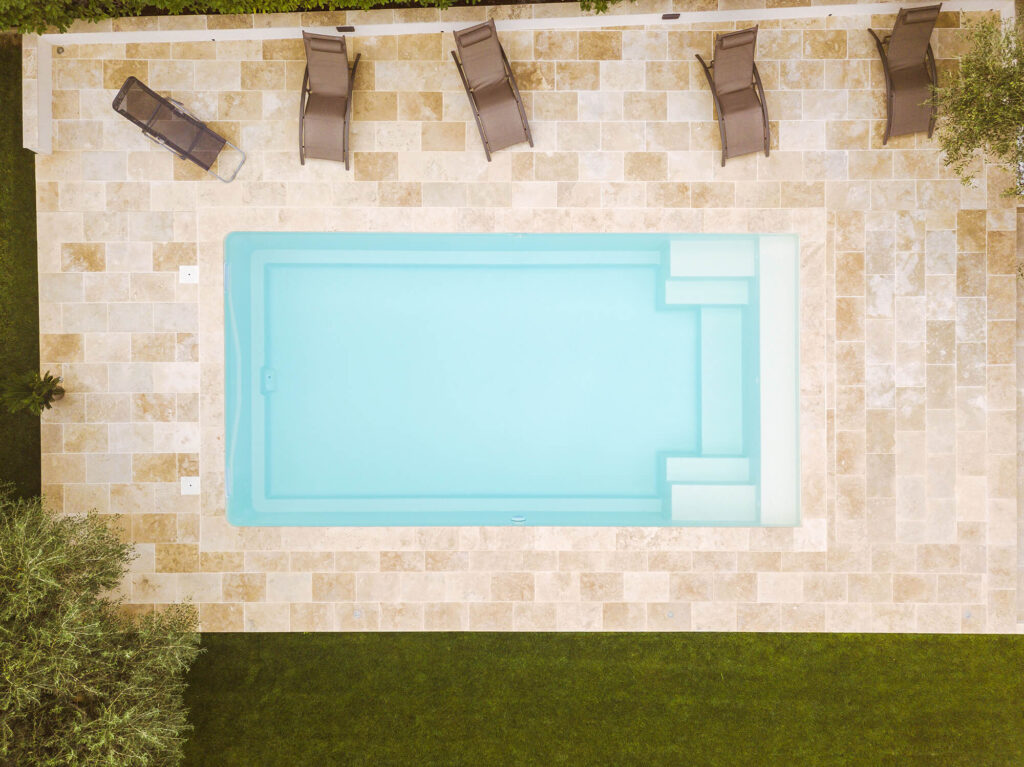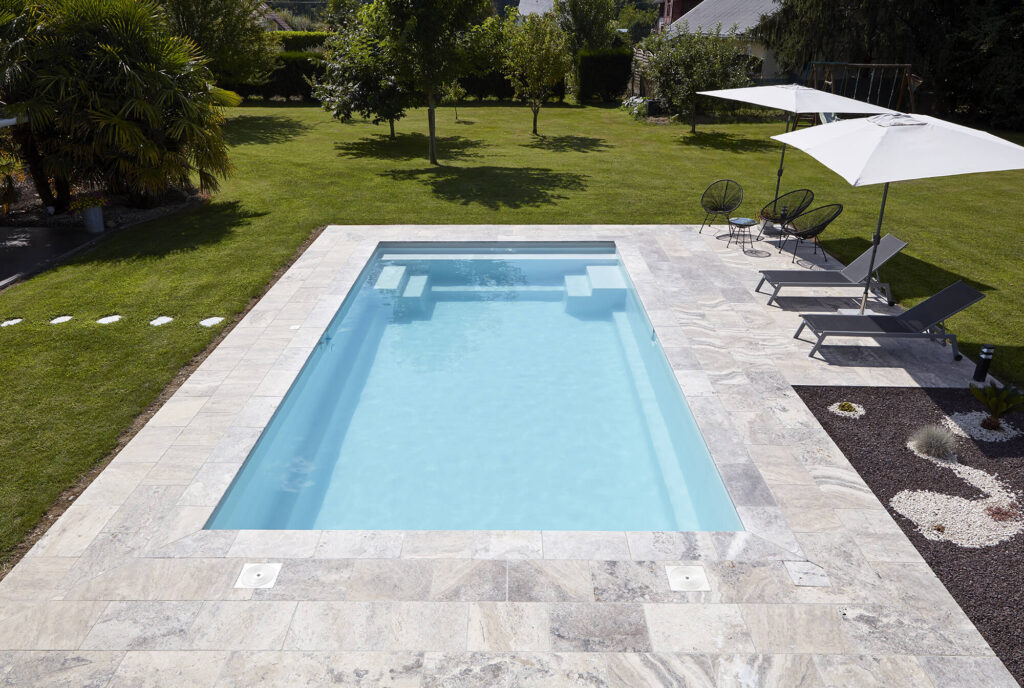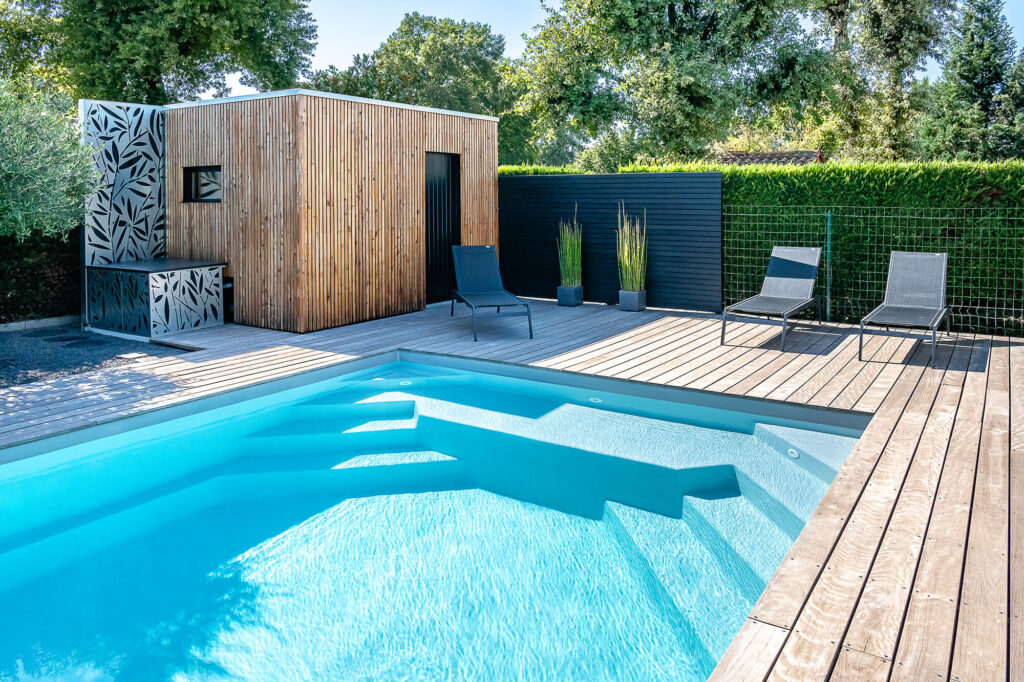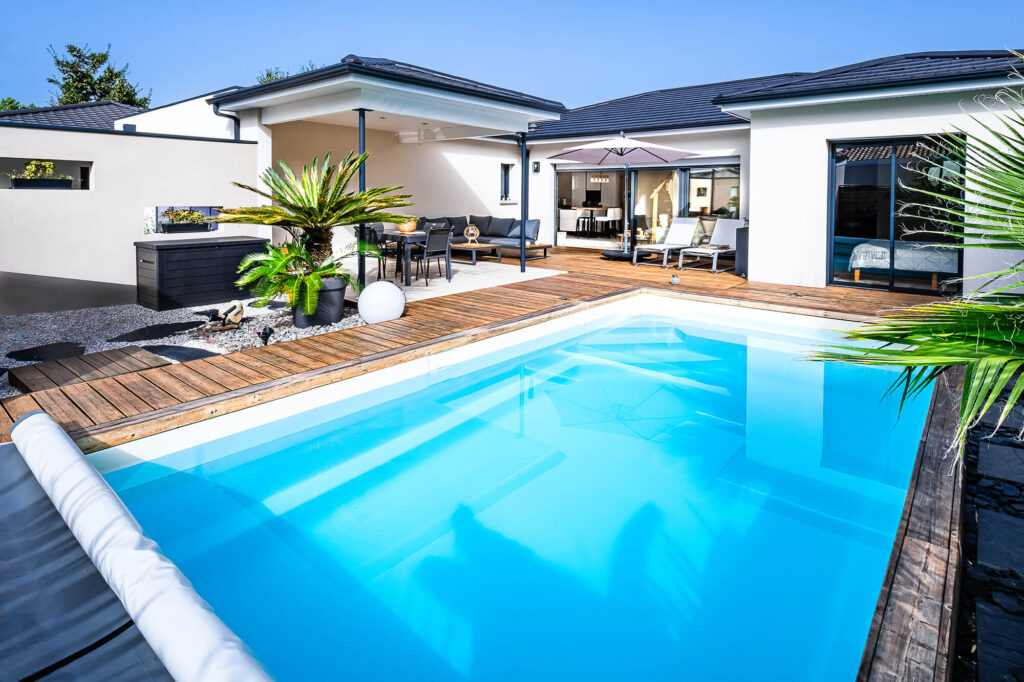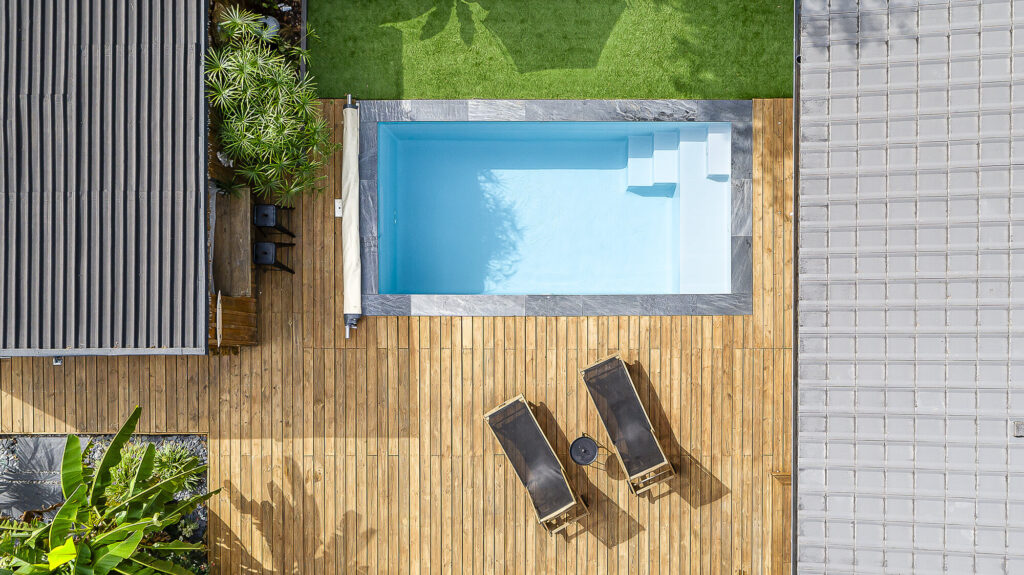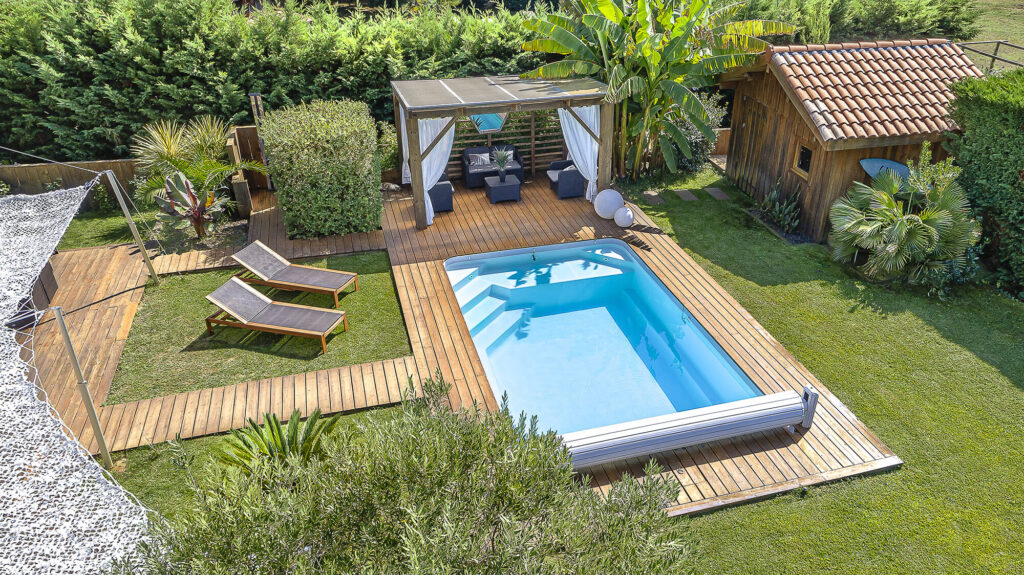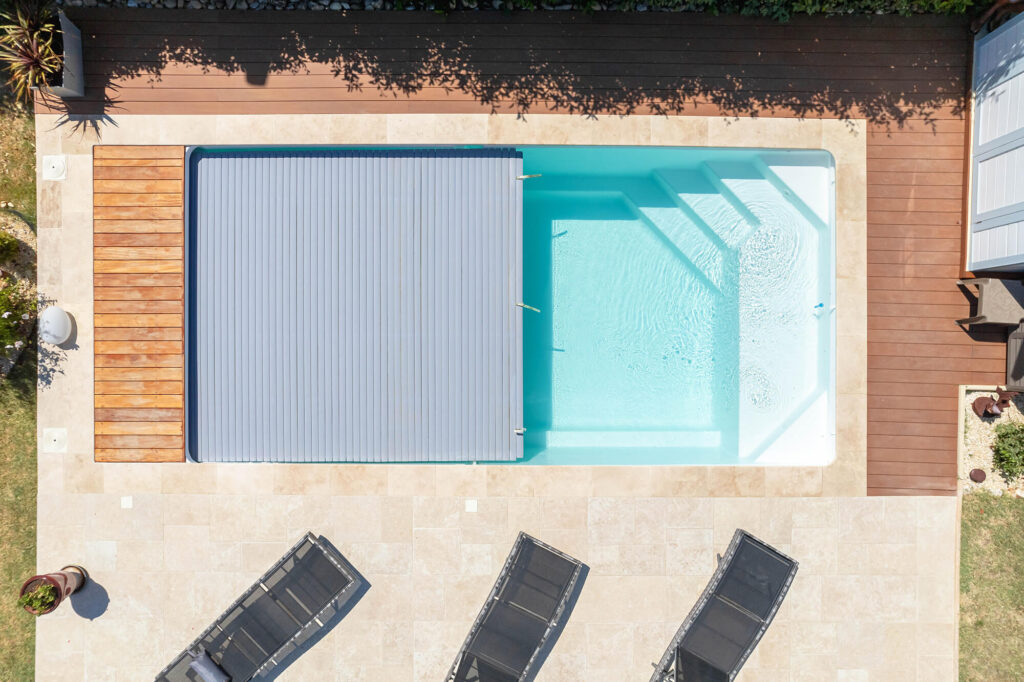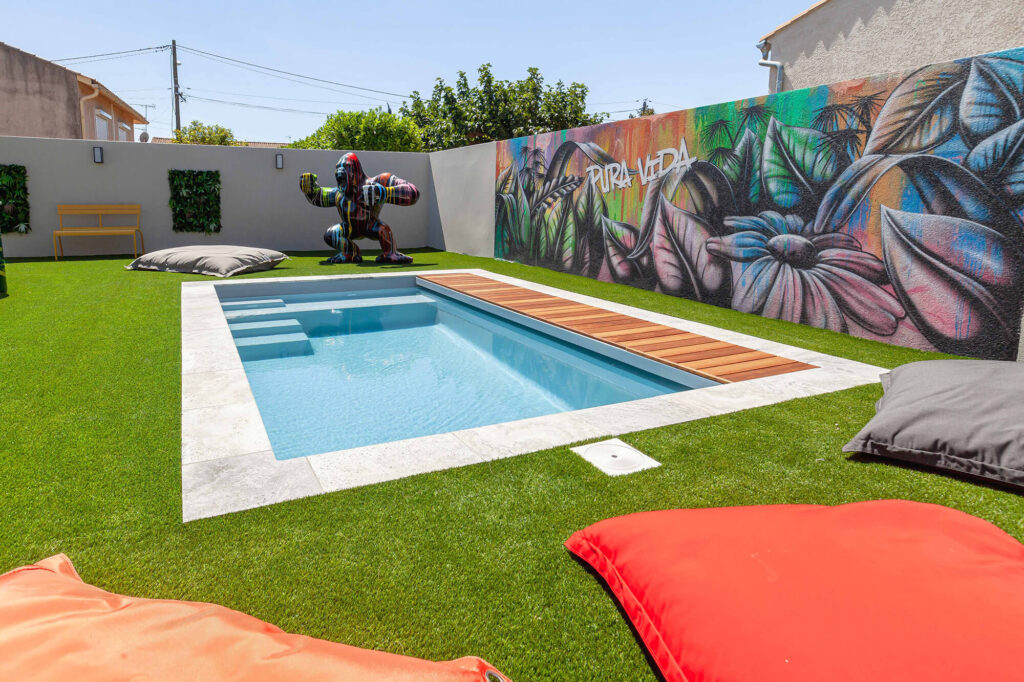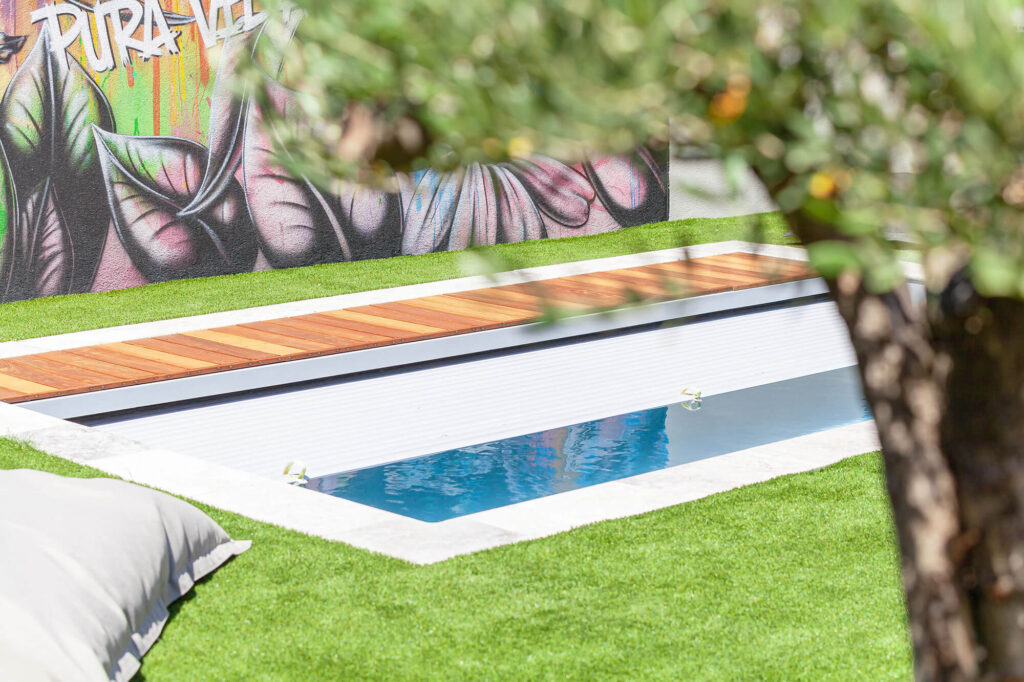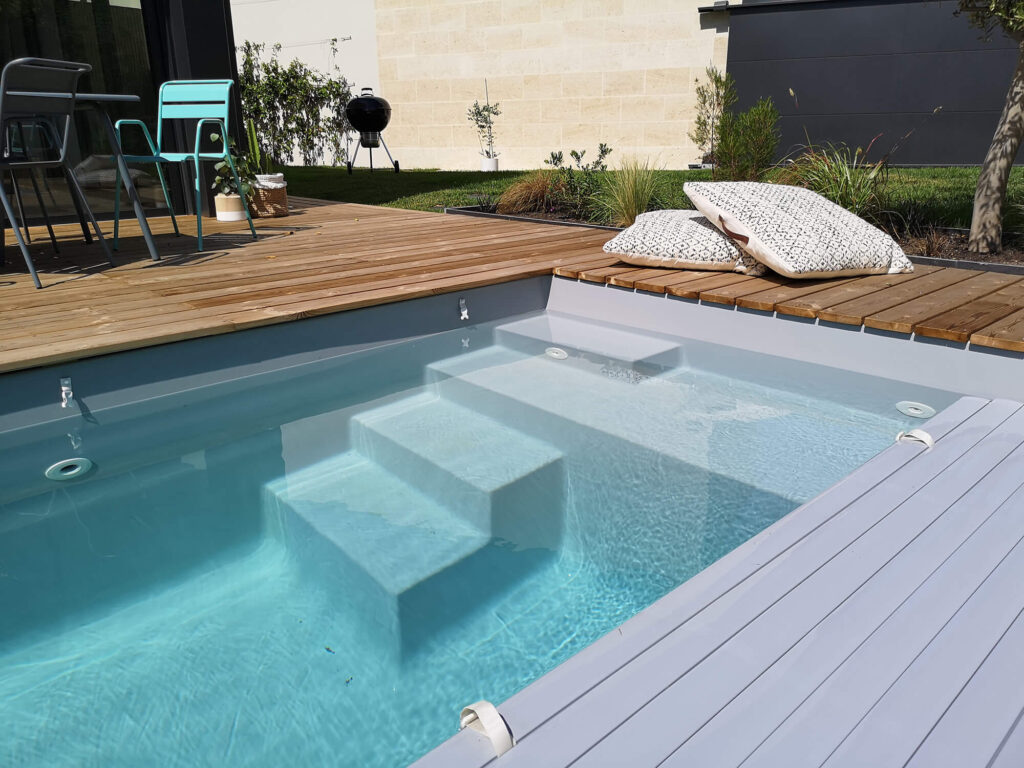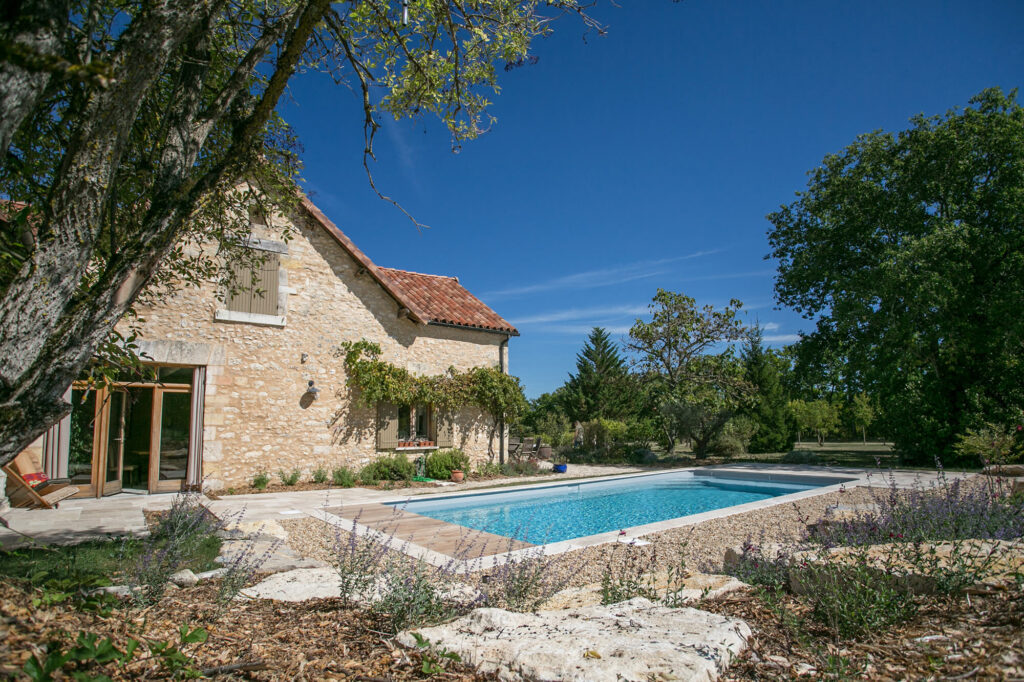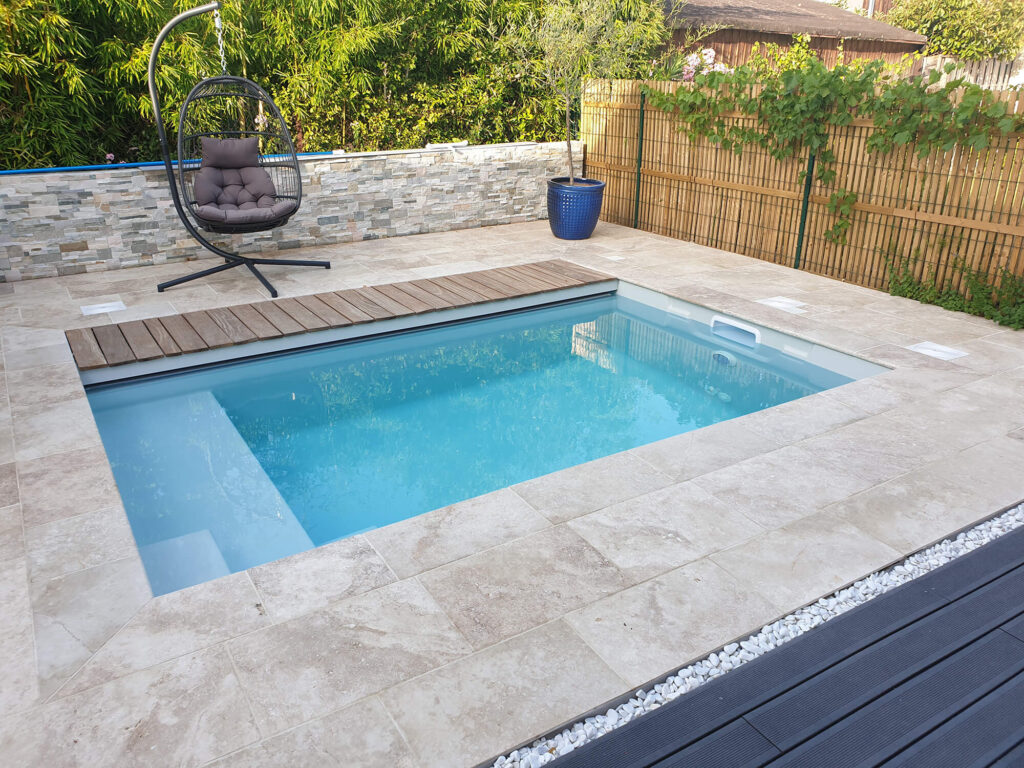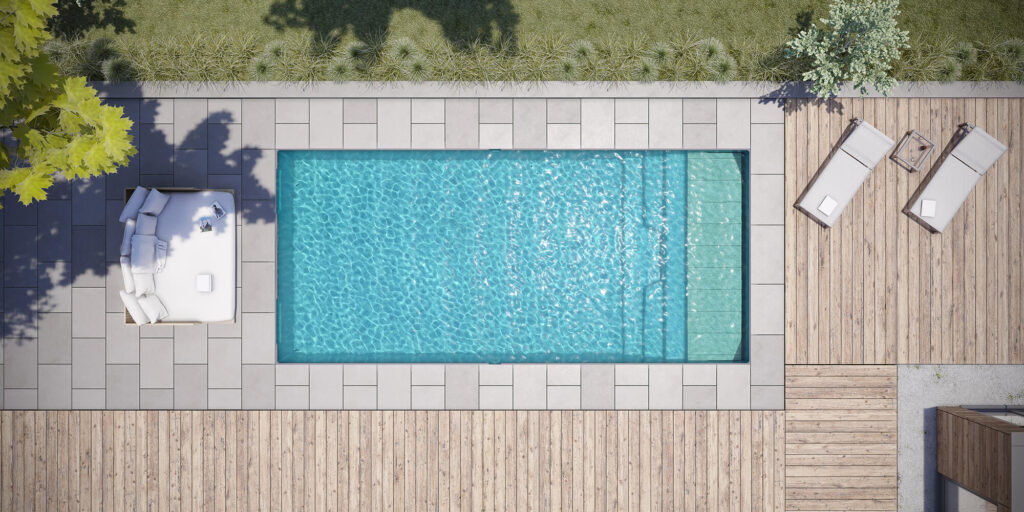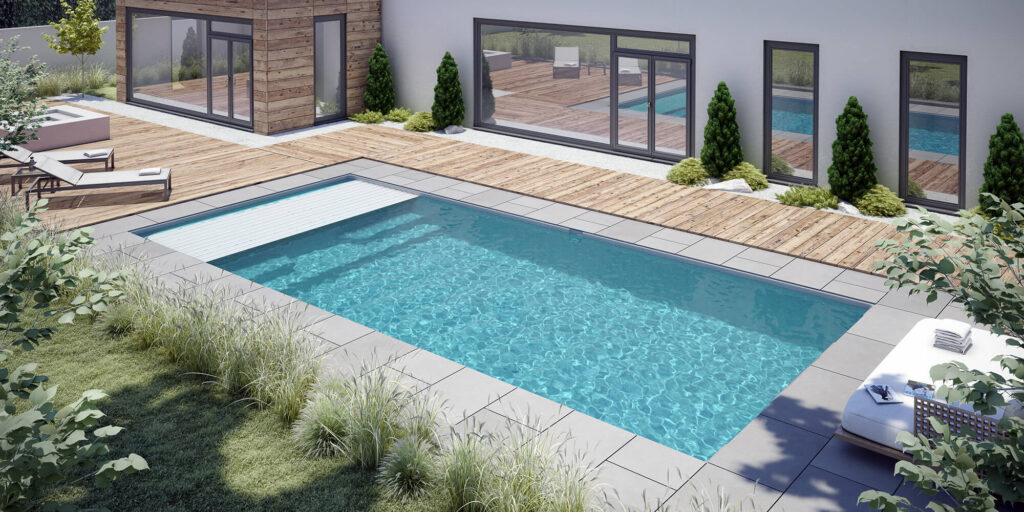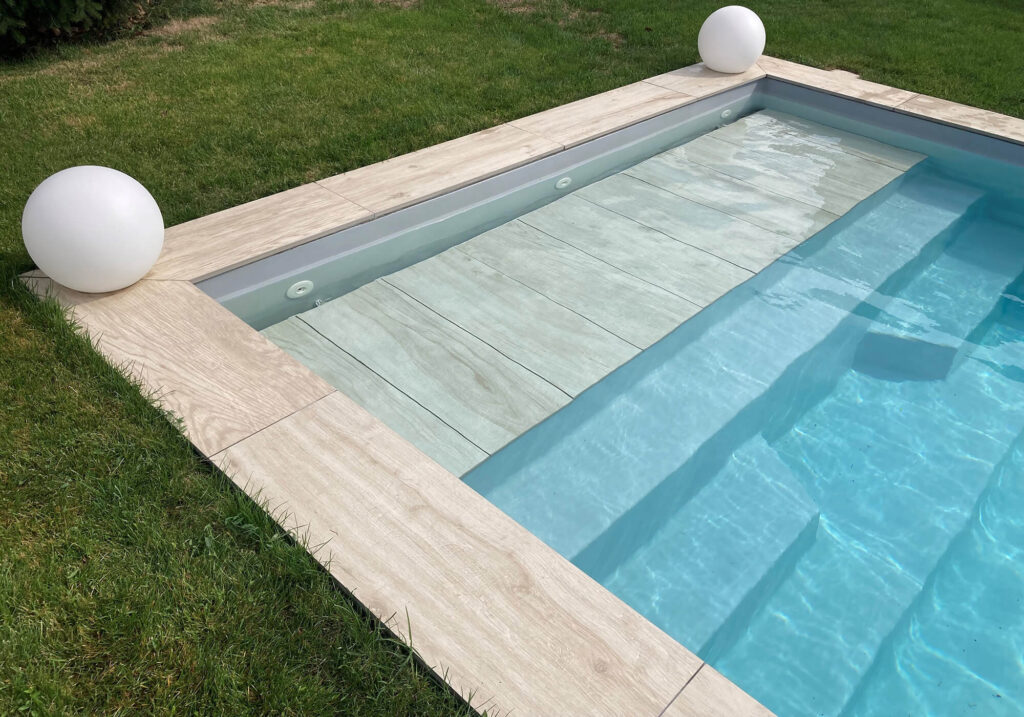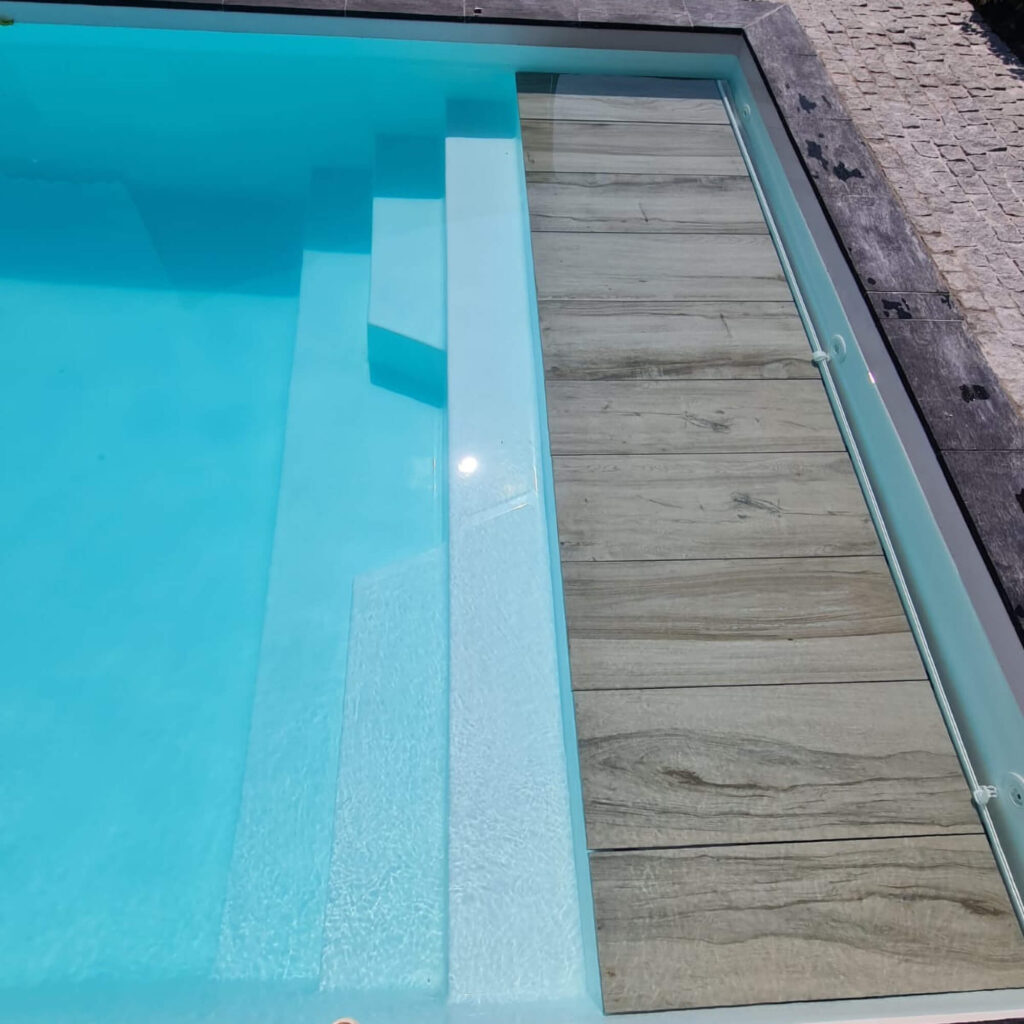Winterizing your pool is a very important step, especially if you live in a region with harsh winters. An annual process, winterizing protects your pool during the winter season, so that you can enjoy a beautiful pool next summer.
To winterize your pool, you can choose between 2 different methods: active winterization and passive winterization. Do you know the differences? Let’s take stock and make your choice.
What is active wintering?
Active winterization, also known as semi-winterization, involves running your pool at idle speed over the winter.
This process can be chosen for outdoor pools, whether in-ground or above-ground, where the water temperature falls below 12°C during the winter, but there’s no risk of freezing.
If you opt for active winterizing, the filtration system must continue to run for at least 5 hours during the coldest hours (generally between 2 and 7 a.m.), to keep the water moving and prevent freezing. In addition, we strongly recommend that you cover the pool with a bar cover or winter cover to protect your pool.
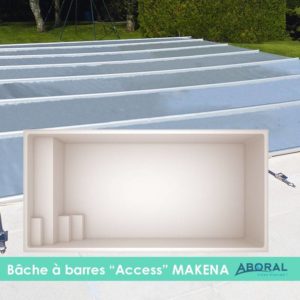
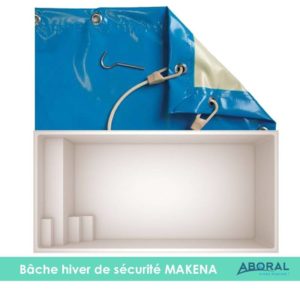
Benefits
Active winterizing is an easy way to put your pool back into service when the warm weather returns. As filtration continues to operate, water quality is maintained.
Disadvantages
With active winterizing, you should occasionally check that the filtration system is working properly, and clean the pool surface if it’s not covered.
Passive overwintering made easy?
Passive winterization, also known as classic winterization, involves shutting down your pool completely. Lower the water level, drain the filtration circuit and cover the pond.
This type of winterizing is recommended for outdoor pools, whether in-ground or above-ground, if the water temperature can freeze. This also applies to pools without heating or frost protection systems.
The benefits
The main advantage of passive wintering is its practicality. In fact, the pool is “mothballed” for the entire winter season: you’ll have nothing to do but wait for summer.
Its drawbacks
The major disadvantage of passive wintering is the complexity of restarting the pool in the spring in preparation for the summer season.
Choose the method that’s right for YOU
How do you choose? You’ll need to take into account the type of pool you have, the equipment you have, and your geographical location.
Do you live in a region with mild winters? Does your pool have a heating system? Can you keep an eye on your pool in winter? Whether to opt for active or passive wintering is also a personal question. Aboral recommends active wintering, however, as it allows you to maintain your pool regularly throughout the year, and ensures that your pool is in good condition when you put it back into service in the spring.
If you wish, and especially for your first wintering, you can call on the Aboral team for advice. Regardless of the type of wintering you choose, it’s essential to carry out a “shock treatment” beforehand. To support you in this important step, Aboral offers specific complete packs, in chlorine or bromine versions, depending on the treatment you use. Each pack contains all the products you need, plus instructions for use, so you can carry out your shock cleaning and then start wintering with complete peace of mind.
